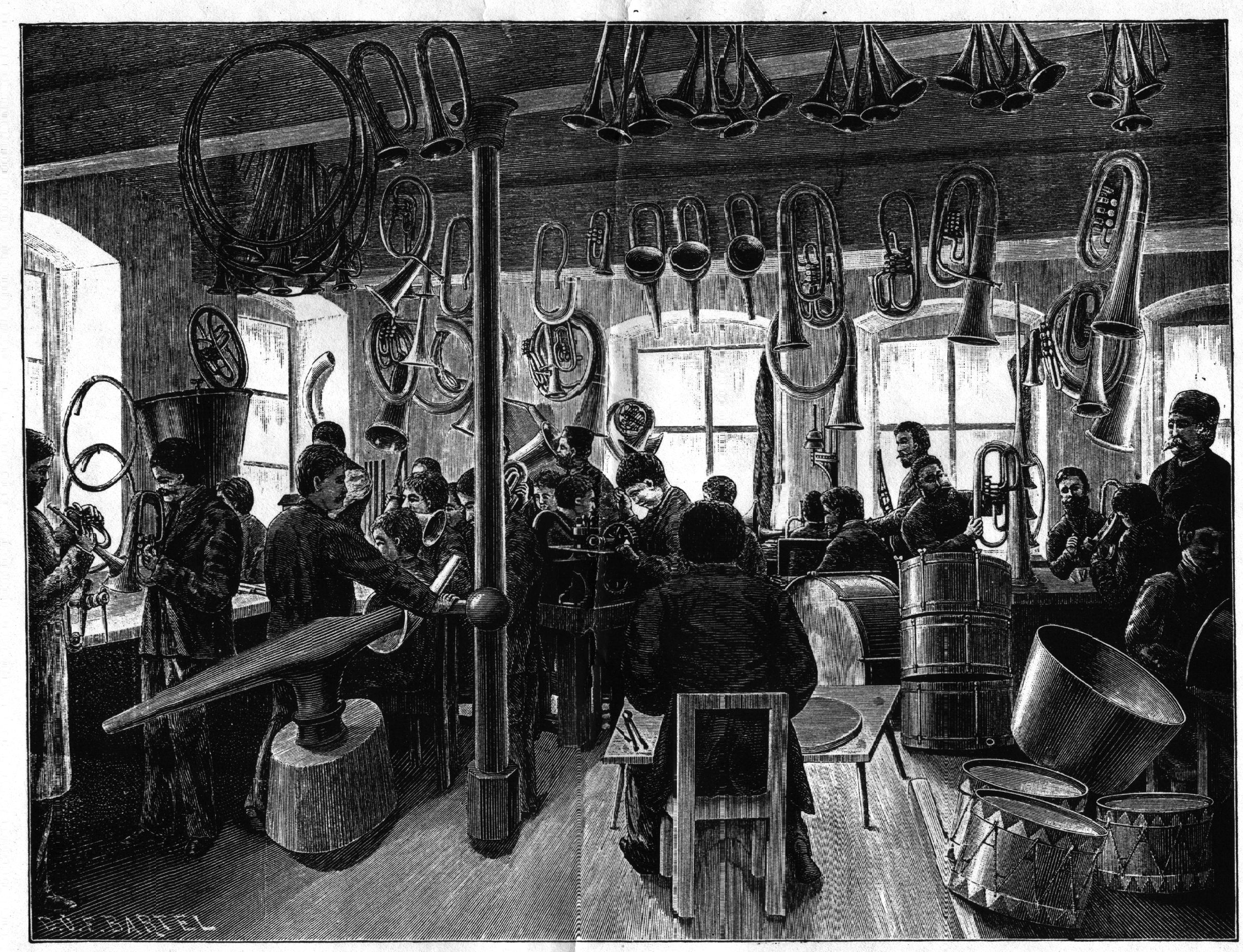ABOUT US
We are AMATI, a manufacturer of musical instruments, the history of which dates back to 1631. All instruments are made of unique materials with high craftsmanship. They excel in the beauty of sound, intonation balance, functional reliability, perfect work, and great appearance. Each instrument passes through the hands of people whose lives have been associated with music for generations. The historical development of grass and woodwind instruments is as fascinating as, for example, the development of automobiles. Some instruments are still manufactured in the same way as many years ago, while some have undergone tremendous development. To meet our highest standards today, we also utilize the latest technology and science in ensuring our musical instruments are the finest possible.
AMATI instruments, designed and produced exclusively at our European factory, are esteemed around the world. As a premium export of the Czech Republic, we are very proud of the tradition and perfection with which we produce instruments. And all this without any compromises.
OUR MISSION
We are not motivated just by business; we do not pursue numbers. Our work is a part of something that is not tangible. Our work is a part of art, music. The instruments that we make embody tradition and perfection without any compromise. Each of them passes through the hands of our people who fulfill their mission - to provide musicians with unique and delicious-sounding instruments. They do their work with love and passion for music.
HISTORY

The production of AMATI brass and woodwind musical instruments has its roots in Kraslice.
The town of Kraslice is a real cradle of the production of musical instruments in our country, because the violin production dates back to the beginning of the 17th century.
Melchior Lorenz was the first registered musical instrument maker in Kraslice. In the 18th century, instrument makers of Kraslice adapted to the boom of orchestral music and aside from violin making, they had engaged in the production of wind instruments.
Technical improvements of wind instruments at the beginning of the 19th century made it easier to play and enabled better virtuosity of the players. That had been reflected in an increased interest in playing of these instruments. Instrument makers wanted to meet and satisfy most players' demands, thus making Austrian and French system instruments in Kraslice and from the beginning of the 19th century, musical toys as well.

The first factory had been established in Kraslice in the early 1840’s and quickly other musical instrument producers were established. By the end of the 19th century there were 11 factories employing some 300 workers. Additionally another 500 people were employed in providing goods and services to the factories.
After the WWI, production quickly recovered. Between the two World Wars, there were 59 musical instrument manufacturers. Among the biggest of these firms were: Bohland&Fuchs, Hüller&Co., A.K.Hüttl, Julius Keilwerth, Karl Püchner, Adolf Rölz, Ant.Kohlert etc. However, during WWII, many plants ceased to exist, while others served military purposes.

In September 1945, a Cooperative of musical instrument manufacturers was established in Kraslice. The Cooperative was named "AMATI".
In 1948 the entire production had been nationalized. Kraslice became a center of grass, woodwind and percussion instrument manufacture. At present, the assortment of wind instruments produced in Kraslice is unusually wide and made up of practically all common instruments. In Kraslice, cases are also produced for instruments, cymbals and the whole range of children's musical instruments (Orff instruments).
In 1990 AMATI became privately owned. In 2021 All instruments are manufactured from quality materials, with high level of hand craftsmanship combined with modern technology. AMATI instruments are unique in beautiful and mellow sound, good intonation, functional reliability, and perfect craftsmanship.
In 2021, thanks to the uneconomical approach of the foreign owner, AMATI found itself on the verge of bankruptcy and insolvency proceedings were launched. The new owner saved AMATI and transformed it into a cooperative. At the same time, he invested over 100 million crowns in it to restore its lost prestige and world fame.

Maxituba, which is also listed in the Guinness Book of Records, was made in Kraslice in about 1910/1911 for the World's Fair in New York in 1913. The tube is playable, but there must be two players. One is "blowing" and the other is playing.
Maxiclarinet was made by the V. Kohlert and Sons, which became part of Amati after World War II. It was built in 1933 on the occasion of the celebration of music and home (Musik- und Heimatfest). V. Kohlert and Sons was a factory famous all over the world for its saxophones and clarinets.


